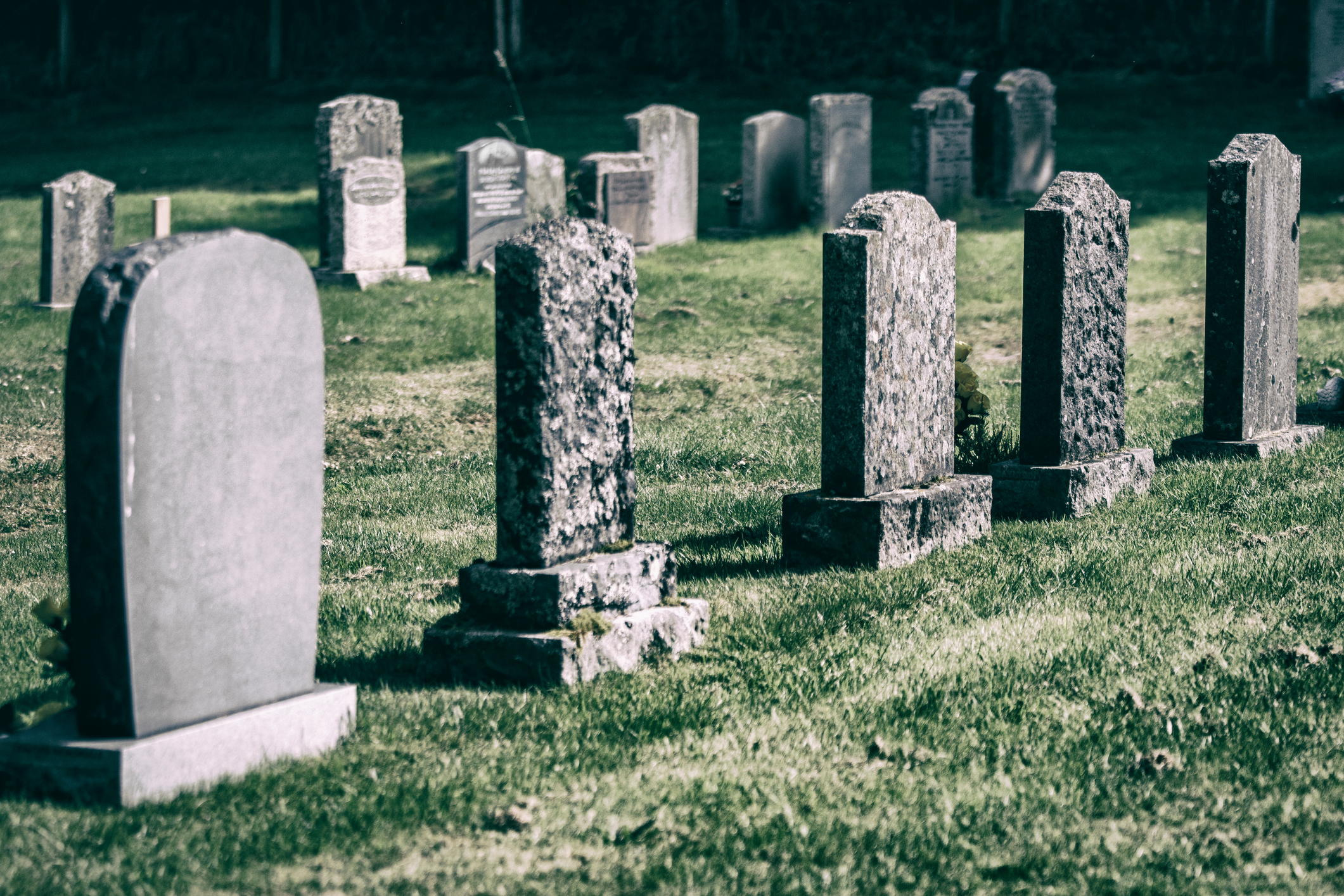An increase in what is called Sudden Arrhythmic Death Syndrome has prompted officials in one country to begin a registry of cases to learn more about why people who seem in good health suddenly die.
SADS hits people under 40, with no clear trend emerging of the impact of lifestyle or exercise upon mortality, according to the U.K.’s Daily Mail.
SADS is an “umbrella term to describe unexpected deaths in young people,” the Royal Australian College of General Practitioners said, noting most deaths occur in people under 40. SADS comes into play when no obvious cause of death can be found.
LifeSite News likened the syndrome to SIDS — Sudden Infant Death Syndrome.
The U.S.-based SADS Foundation has said it estimates half of the 4,000 annual SADS deaths have warning signs that include a family history of someone with SADS or who died suddenly for no known reason or suffering from fainting or seizure during exercise.
The Baker Heart and Diabetes Institute, located in Melbourne, Australia, is developing a SADS registry, according to news.com.au.
“There are approximately 750 cases per year of people aged under 50 in Victoria suddenly having their heart stop (cardiac arrest),” a spokesman said.
“Of these, approximately 100 young people per year will have no cause found even after extensive investigations such as a full autopsy (SADS phenomenon),” the spokesman said.
Dr. Elizabeth Paratz said the registry combines ambulance, hospital and forensics information, which is usually tracked separately.
“(It allows you to see) people have had the cardiac arrest and no cause was found on the back end,” she said.
Paratz said most SADS events take place outside of a hospital setting.
“I think even doctors underestimate it. We only see the 10 percent who survive and make it to [a] hospital. We only see the tip of the iceberg ourselves,” she said.
SADS is a “very hard entity to grasp” because it’s a “diagnosis of nothing,” she said.
She said it is hard to narrow down risk factors, saying it was “not as easy as everyone in Australia getting genetically screened” because of uncertainty over “what genes cause this.”
“The best advice would be, if you yourself have had a first-degree relative — a parent, sibling, child — who’s had an unexplained death, it’s extremely recommended you see a cardiologist,” she said.
Paratz noted that a person could have cardiac arrest without a clue.
“If someone has a heart attack and you do an autopsy you might see a big clot, that’s a positive finding, but when someone’s had one of these SADS events, the heart is pristine,” she said. “It’s really hard to know what to do.”
Catherine Keane, 31, was one of the victims who went to bed one night last year and never woke up, according to her mother, Margherita Cummins.
“They were all working from home so no one really paid attention when Catherine didn’t come down for breakfast. They sent her a text at 11:20 a.m. and when she didn’t reply, they checked her room and found she had passed. Her friend heard a noise in her room at 3:56 a.m. and believes now that is when she died,” she said, noting that her daughter exercised regularly.
“I take some comfort in that she went in her sleep and knew no pain and I’m grateful for that. I always worried about the kids driving in the car but never saw this coming. I never thought I’d ever lose a child in my life,” she said.
This article appeared originally on The Western Journal.

























 Continue with Google
Continue with Google